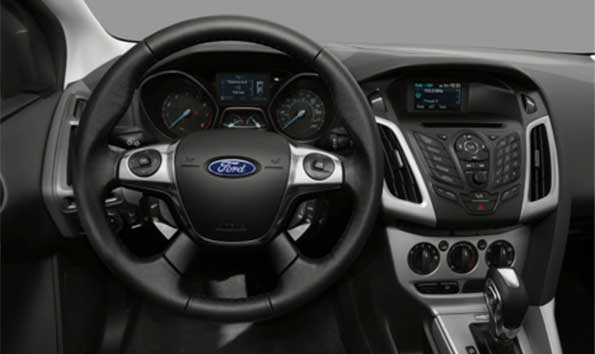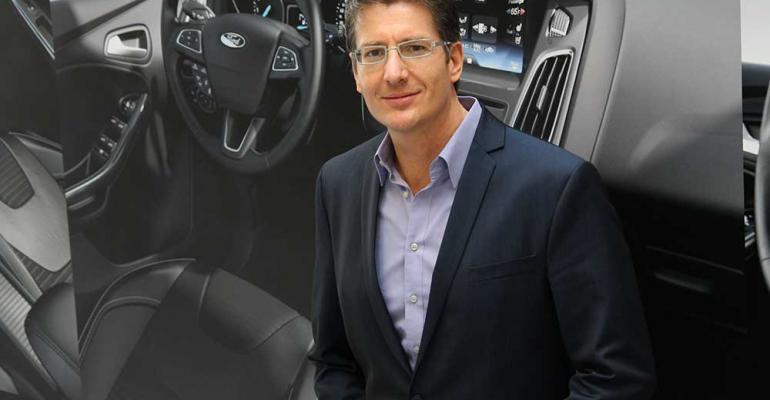Georg Hegel, a European philosopher and major figure among German idealists, gained notoriety for many ideas, especially after his death in 1831.
Among Hegel’s ideas is what has come to be known as the Hegelian Dialectic. The concept is straightforward: Many ideas start as a guess, or a theory about reality. With development, the idea becomes a framework for thinking about a particular subject. This basis of knowledge around certain tenets forms the thesis. The thesis gets scrutiny by others, is tested, and undergoes more development.
With time – if the idea is good – it becomes something people agree is a working system.
As an example, countries around the world have experimented with fundamentally different economic systems since the industrial revolution – everything from unfettered, unregulated Capitalism (thesis), to an economy run by the state in the form of Communism (antithesis), to further development and synthesizing into something like Sweden’s Social Democracy (synthesis, or the “Third Way”).
Here’s another example many of us find easier to grasp, and that is dear to my heart as chief of Interior Design for Ford of Europe – your car’s interior design.
Even with fairly short product cycles, we can see the Hegelian Dialectic, which here might be called the Design Dialectic, working its way into how we think about making car interiors better.
Better, here, means two things: nicer – more pleasing to look at, and more highly functional for the driver. As anyone who’s sat behind the wheel of a modern car knows, these priorities compete.
A recent product launch helps us see how the Design Dialectic plays out in real life. Take the Ford Focus, our global small car that launched in ’98.
Thesis
In ’98, the car’s interior looked like this:
 The design thesis was simple – large, easy-to-use controls, economy of detail and a limited driver control interface.
The design thesis was simple – large, easy-to-use controls, economy of detail and a limited driver control interface.
Compared to contemporary vehicles, one notices expanses of empty real estate on the center stack near the radio and air-conditioning controls; put another way, the aesthetic pursued was less is more, and it worked: The design was modern, elegant, clean.
Midway through its product cycle, Focus received an interior refresh, and then Ford brought an all-new interior to market in ’12 featuring a complete redesign and a wealth of technology.
These “infotainment” features – a combination of information and entertainment technology – have challenged designers to accommodate a great deal of new, affordable electronic items like smartphone interfaces, navigation systems and other cool gadgets into the vehicle.
As the recipient of Ford Sync and MyFord Touch systems, the ’12 Focus was blessed with exponentially more features and functionality. In addition, the car brought a much more driver-oriented cockpit to accentuate the sporty driving dynamics for which it had become well-known and loved in Europe and the U.S.
The result could be construed as the antithesis of the original Focus:
 Antithesis
Antithesis
The new interior had much more sophisticated styling and an abundance of features and options. Even conventional technology, like the car radio, had become revolutionized as satellite radio made its way into non-luxury compact cars.
Consumers flocked to the new Focus and to the interior that went with it. From a design perspective, the ’12 car was in many ways the antithesis of the original product from ’98:
There was simply no way – at least on the base vehicle – to accommodate all the new technologies without adding many more buttons to control all these cool features. The pleasant “emptiness” of the first-generation Focus interior had been replaced by a more cockpit-like array of buttons and controls necessitated by all the new functionality given to drivers.
Much was gained, but some would argue that something else was lost.
Enter Ford Sync (launched on Focus for the ’08 model year). Sync served to eventually allow designers to resolve the tension between added functionality and increased button-count. Sync enabled Ford designers and engineers to largely avoid the tension between the busier aesthetic found on the ’08 product refresh and the added controls and functionality the technology overhaul necessitated.
Jump ahead now to the ’15 Ford Focus, just launched at the Geneva, New York and Beijing auto shows. The challenge designers faced was how to maintain, or even increase the functionality of Focus, while at the same time simplifying the human-machine interface. How could designers reconcile the elegant simplicity of the original, but still incorporate the super-cool features and functionality of the outgoing car?
The answer Ford’s interior design team would arrive at as it took Hegel’s synthesis of design into account:
 Synthesis
Synthesis
Here’s how the Design Dialectic evolved: Ford designers reduced the number of physical buttons on the center stack, retook some valuable space for aesthetics, and filled it with…nothing, while continuing to add technology that makes Focus the head of its class with features typically unavailable in cars costing under $20,000.
Like our ability to cope with competing demands, the Focus interior has evolved, from the thesis in ’98 to the antithesis in ’12 and finally to synthesis for the ’15 model. This is the dialectic – the resolution of competing aesthetic and functional ideas – Ford’s design team worked through to create the new, global ’15 Ford Focus.
The result is cleaner and more elegant, while at the same time more functional.
Ernst Reim is chief designer-Interiors, Ford of Europe, based in Merkenich, Germany, in greater Cologne. Reim studied industrial design at the University of Art and Industrial Design in Linz, Austria.





